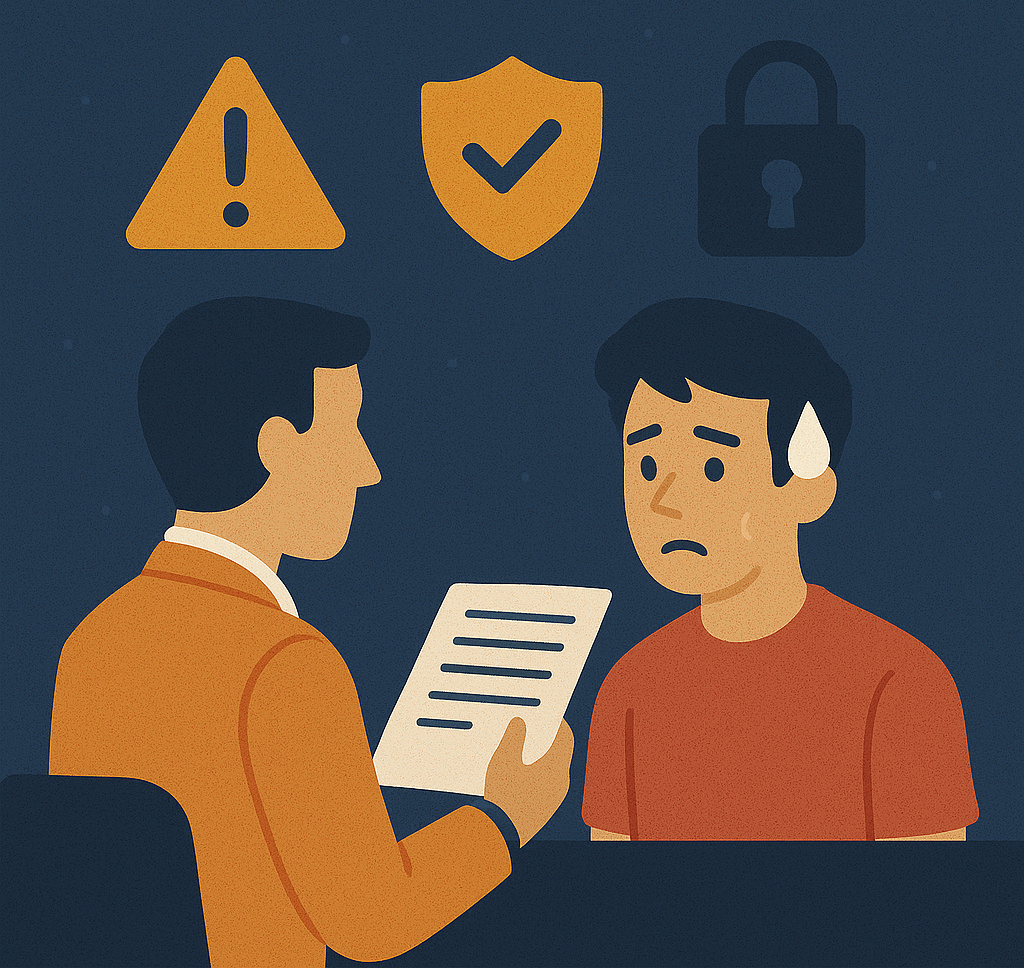In today’s interconnected world, network security has become a critical priority for organizations of all sizes. As cyber threats continue to evolve in sophistication, understanding fundamental network security concepts and implementing robust practices is essential for protecting sensitive data and maintaining business continuity. This guide explores key network security principles and practical strategies to strengthen your organization’s security posture.
Want to test your network security knowledge before diving in? Take our Network Security Quiz to assess your current understanding and identify areas for improvement.
Core Network Security Concepts
1. Defense in Depth
Defense in depth is a comprehensive approach that implements multiple layers of security controls throughout the network infrastructure. Rather than relying on a single security solution, this strategy creates several barriers that attackers must overcome.
Key components:
- Perimeter defenses (firewalls, IDS/IPS)
- Network segmentation
- Access controls
- Endpoint protection
- Data security
- Security awareness training
2. Principle of Least Privilege
This principle advocates granting users and systems only the minimum access rights necessary to perform their required functions. By limiting privileges, organizations can significantly reduce the attack surface and minimize the potential damage from compromised accounts.
Implementation strategies:
- Role-based access control (RBAC)
- Regular access reviews and adjustments
- Just-in-time access provisioning
- Privileged access management
3. CIA Triad
The CIA triad represents the three foundational objectives of information security:
- Confidentiality: Ensuring that data is accessible only to authorized individuals
- Integrity: Maintaining the accuracy and reliability of data throughout its lifecycle
- Availability: Guaranteeing that systems and data are accessible when needed by authorized users
4. Zero Trust Security Model
The Zero Trust model operates on the principle of “never trust, always verify.” It assumes that threats exist both outside and inside the network perimeter, requiring continuous verification of every user and device attempting to access resources.
Core elements:
- Verify explicitly (authenticate and authorize based on all available data points)
- Use least privileged access
- Assume breach (minimize blast radius and segment access)
Essential Network Security Components
1. Firewalls
Firewalls function as a barrier between trusted internal networks and untrusted external networks, monitoring and controlling incoming and outgoing network traffic based on predetermined security rules.
Types of firewalls:
- Packet filtering firewalls: Examine packets and prevent those that don’t match established security rules
- Stateful inspection firewalls: Track the state of active connections and make decisions based on context
- Application-layer firewalls: Analyze specific applications and protocols, offering deeper inspection
- Next-generation firewalls (NGFW): Combine traditional firewall capabilities with advanced features like intrusion prevention and deep packet inspection
2. Intrusion Detection and Prevention Systems (IDS/IPS)
- IDS: Monitors network traffic for suspicious activity and issues alerts when such activities are discovered
- IPS: Takes this a step further by actively blocking potential threats
These systems use various detection methods:
- Signature-based detection (comparing against known attack patterns)
- Anomaly-based detection (identifying deviations from normal behavior)
- Heuristic-based detection (analyzing protocols and applications for suspicious behaviors)
3. Virtual Private Networks (VPNs)
VPNs create encrypted tunnels between endpoints, enabling secure remote access to network resources and protecting data in transit from interception or modification.
Common VPN protocols:
- IPsec (Internet Protocol Security)
- SSL/TLS (Secure Sockets Layer/Transport Layer Security)
- WireGuard
- OpenVPN
4. Network Access Control (NAC)
NAC solutions enforce security policies on devices before they’re granted access to the network, ensuring they meet security requirements like up-to-date patches and antivirus protection.
5. Security Information and Event Management (SIEM)
SIEM systems collect and analyze security event data from various sources across the network, providing real-time analysis of security alerts and facilitating incident response.
Network Security Best Practices
1. Network Segmentation
Dividing the network into separate zones based on security requirements limits lateral movement in case of a breach and contains potential damage.
Segmentation strategies:
- Create separate VLANs for different departments or functions
- Implement internal firewalls between segments
- Establish a DMZ (demilitarized zone) for public-facing services
- Use microsegmentation to create granular security zones
2. Regular Security Assessments
Conducting routine vulnerability assessments and penetration tests helps identify and address security weaknesses before they can be exploited.
Assessment types:
- Vulnerability scanning
- Penetration testing
- Security audits
- Red team exercises
3. Patch Management
Maintaining current software and firmware across all network devices is crucial for addressing known vulnerabilities.
Effective patch management includes:
- Creating an inventory of all systems and software
- Establishing a process for testing patches before deployment
- Implementing automated patch management where possible
- Setting priorities based on vulnerability severity
4. Secure Configuration
Implementing hardened configurations for network devices and systems helps eliminate common security gaps.
Configuration best practices:
- Disable unnecessary services and ports
- Change default credentials
- Implement strong password policies
- Remove or disable unused accounts and services
- Use secure protocols (HTTPS, SSH, SFTP) instead of unencrypted alternatives
5. Network Monitoring and Visibility
Maintaining comprehensive visibility into network traffic patterns enables quicker detection of anomalies and potential security incidents.
Monitoring solutions:
- Network traffic analyzers
- NetFlow collectors
- Packet capture systems
- Network behavior analysis tools
6. Incident Response Planning
Developing and regularly testing incident response procedures ensures effective and timely reactions to security breaches.
Key components of an incident response plan:
- Clearly defined roles and responsibilities
- Documented response procedures for common incident types
- Communication protocols
- Recovery and remediation processes
- Post-incident analysis procedures
7. User Education and Awareness
Since many security incidents begin with social engineering or user error, ongoing security awareness training is essential for all employees.
Training should cover:
- Recognizing phishing attempts
- Safe browsing habits
- Password security
- Social engineering awareness
- Incident reporting procedures
8. Encryption
Implementing encryption for both data in transit and at rest provides an additional layer of protection, ensuring that information remains secure even if other controls fail.
Encryption applications:
- Transport layer encryption (TLS/SSL) for web traffic
- File and disk encryption
- Database encryption
- Email encryption
- VPN encryption for remote access
Emerging Network Security Challenges and Solutions
1. Cloud Security
As organizations increasingly migrate to cloud environments, traditional network perimeters are dissolving, requiring adapted security approaches.
Cloud security strategies:
- Cloud access security brokers (CASBs)
- Cloud workload protection platforms
- Cloud security posture management
- Identity and access management solutions
2. IoT Security
The proliferation of Internet of Things (IoT) devices creates new attack vectors and security challenges due to their often limited security capabilities.
IoT security measures:
- Network segmentation for IoT devices
- Strong authentication mechanisms
- Regular firmware updates
- Device monitoring and anomaly detection
3. Remote Workforce Security
The shift toward remote work has expanded the network edge to include home networks and personal devices, requiring enhanced security controls.
Remote work security:
- Secure remote access solutions
- Endpoint protection platforms
- Cloud-based security services
- Zero Trust Network Access (ZTNA)
Conclusion
Effective network security requires a comprehensive, layered approach that addresses both technical and human factors. By implementing the concepts and practices outlined in this guide, organizations can significantly improve their security posture and better protect against evolving threats.
Remember that network security is not a one-time implementation but an ongoing process requiring regular assessment, adaptation, and improvement. As threats evolve, so too must security strategies and controls. Through continuous vigilance and proactive management, organizations can maintain robust network defenses in an increasingly complex threat landscape.
Ready to test your understanding of network security concepts? Take our comprehensive Network Security Quiz to assess your knowledge and identify areas for further study.
For more cybersecurity resources and information, be sure to check out our other guides on InfoSecQuiz.com, where you can also test your knowledge with our interactive security quizzes.


